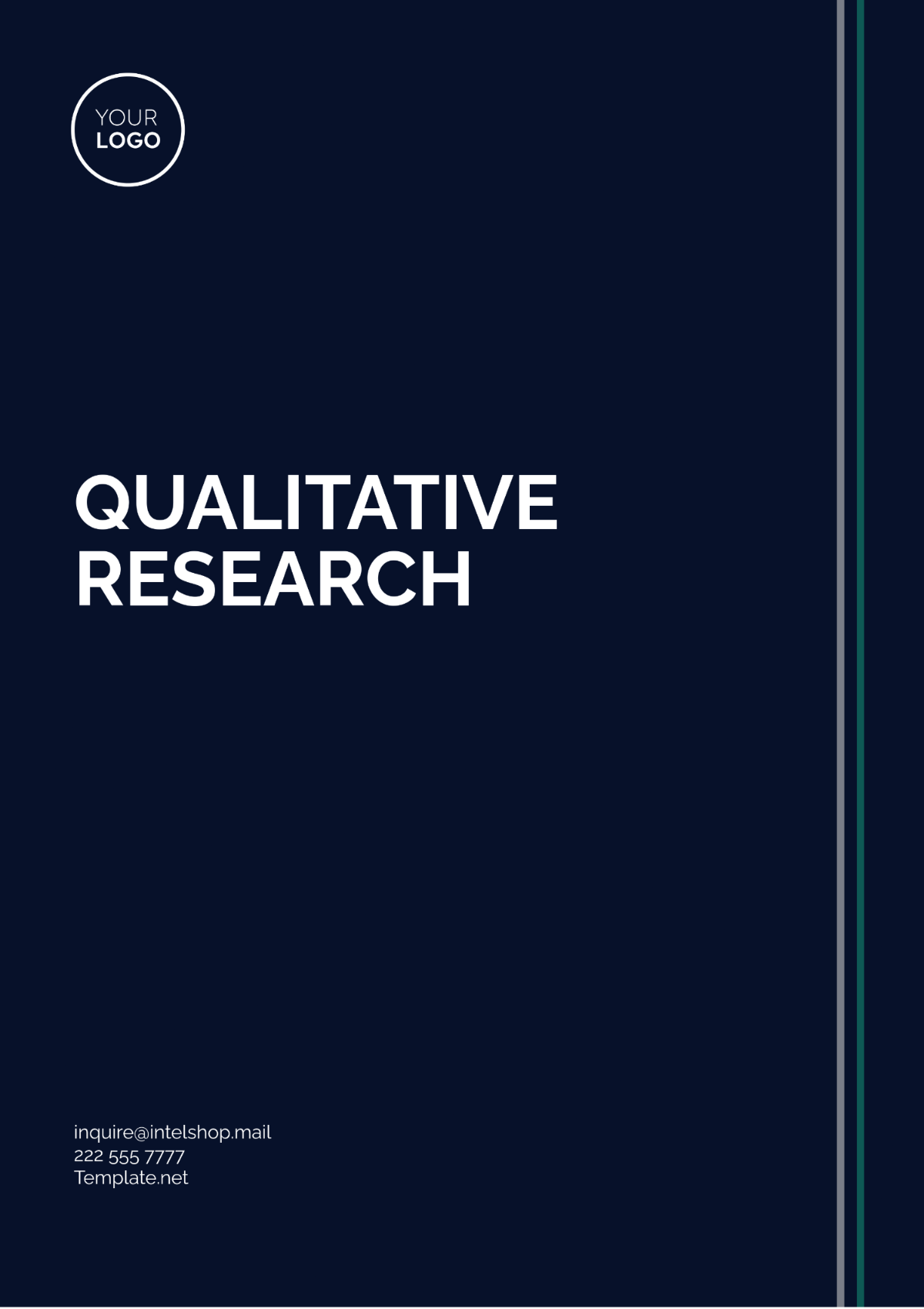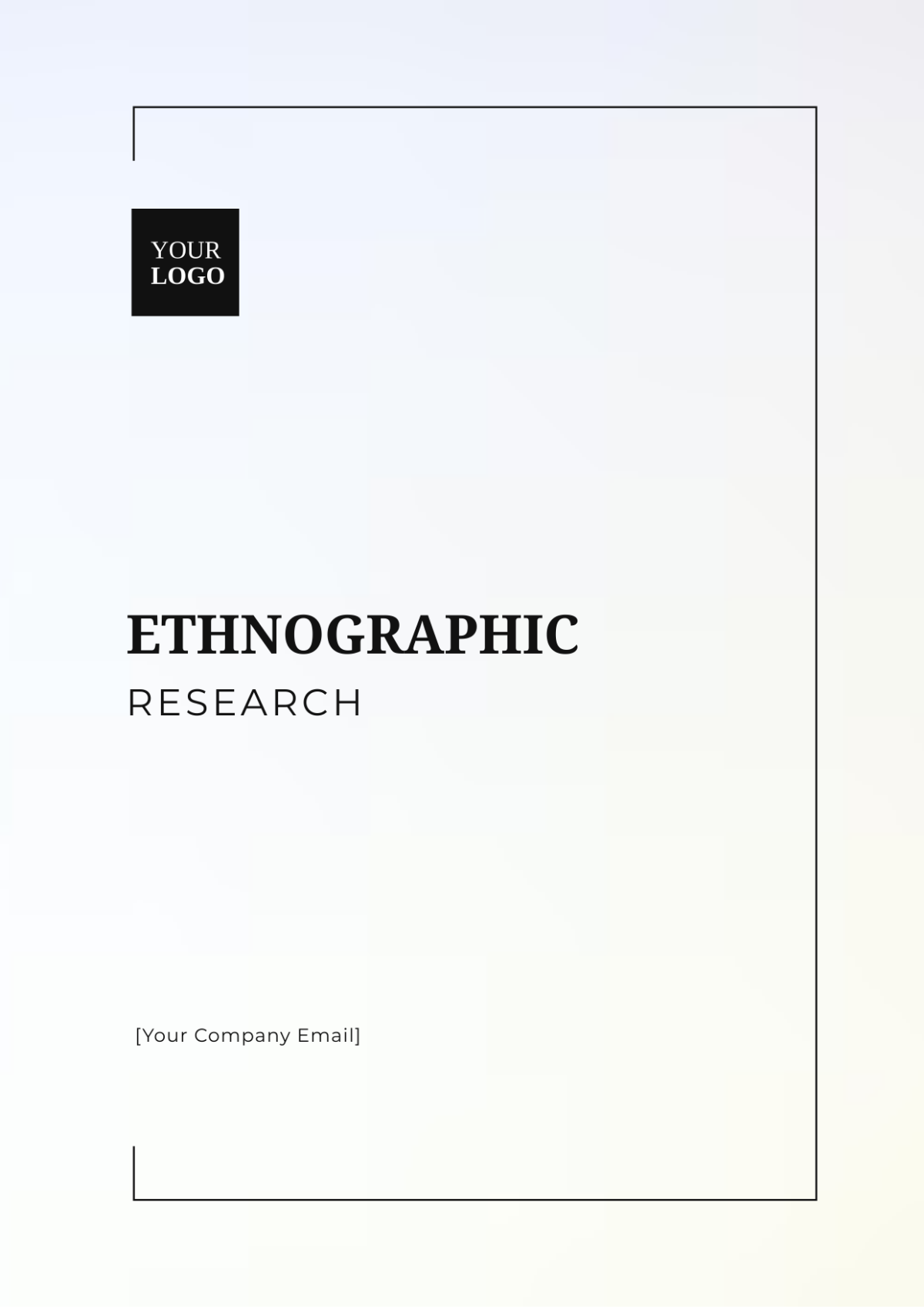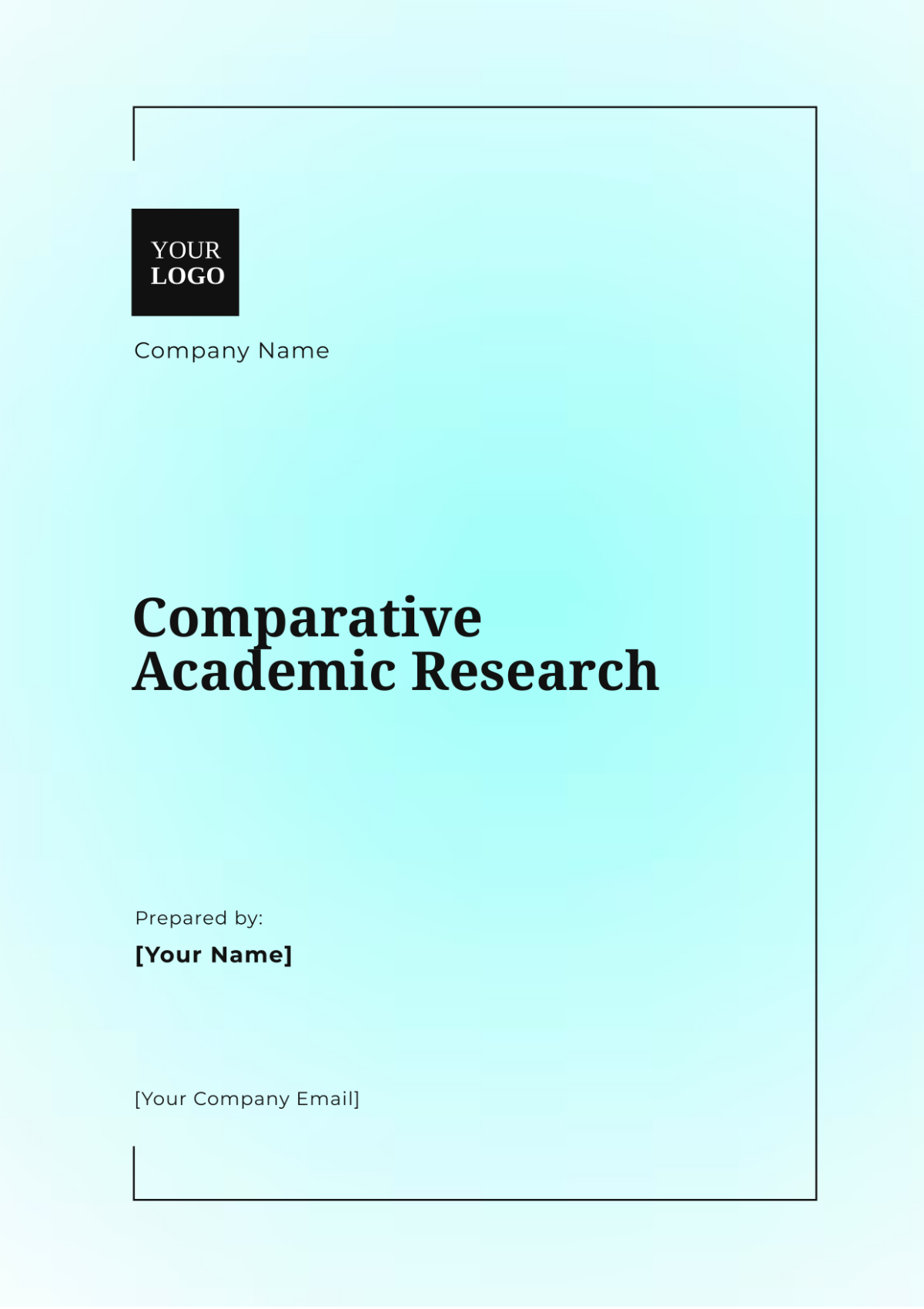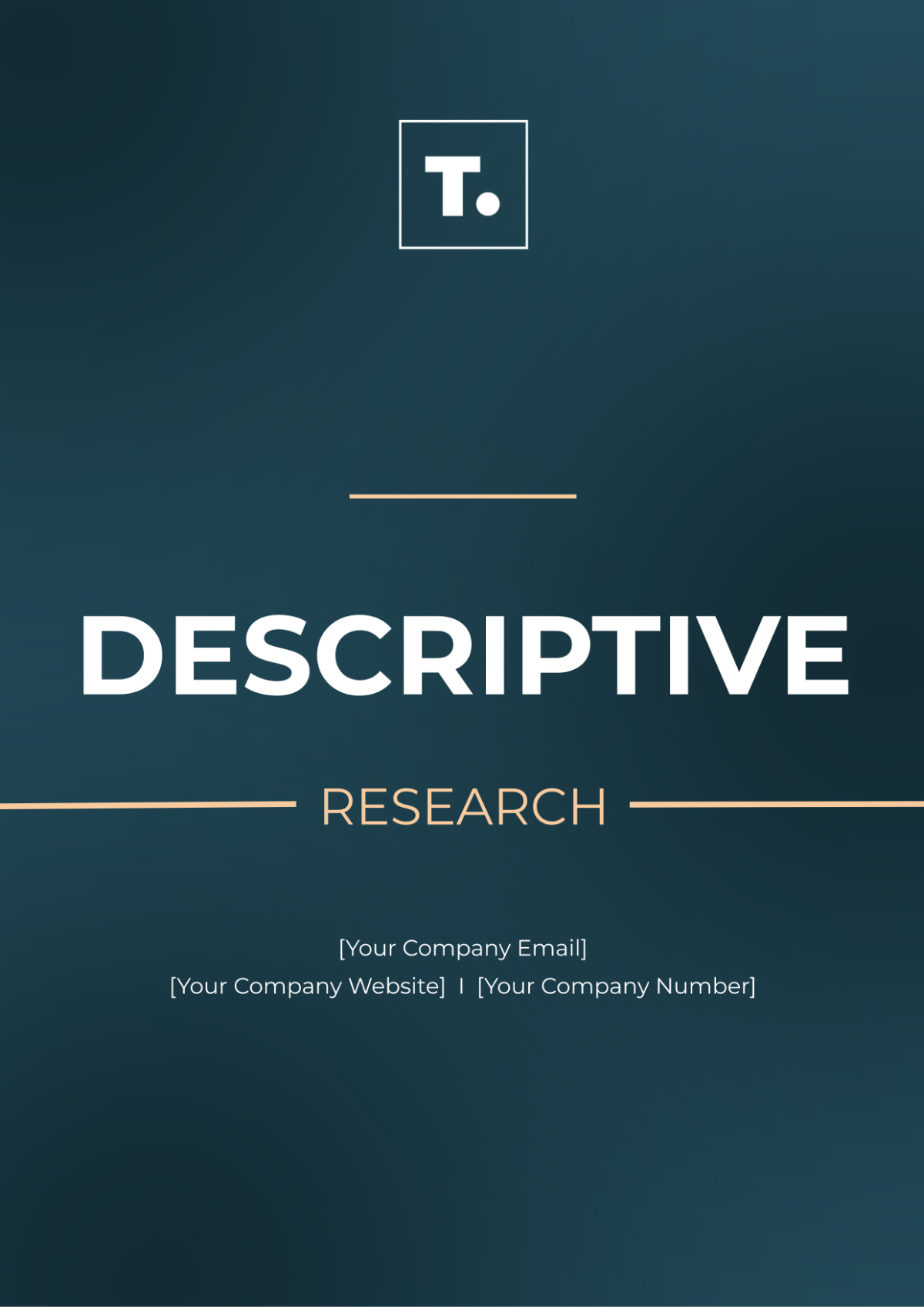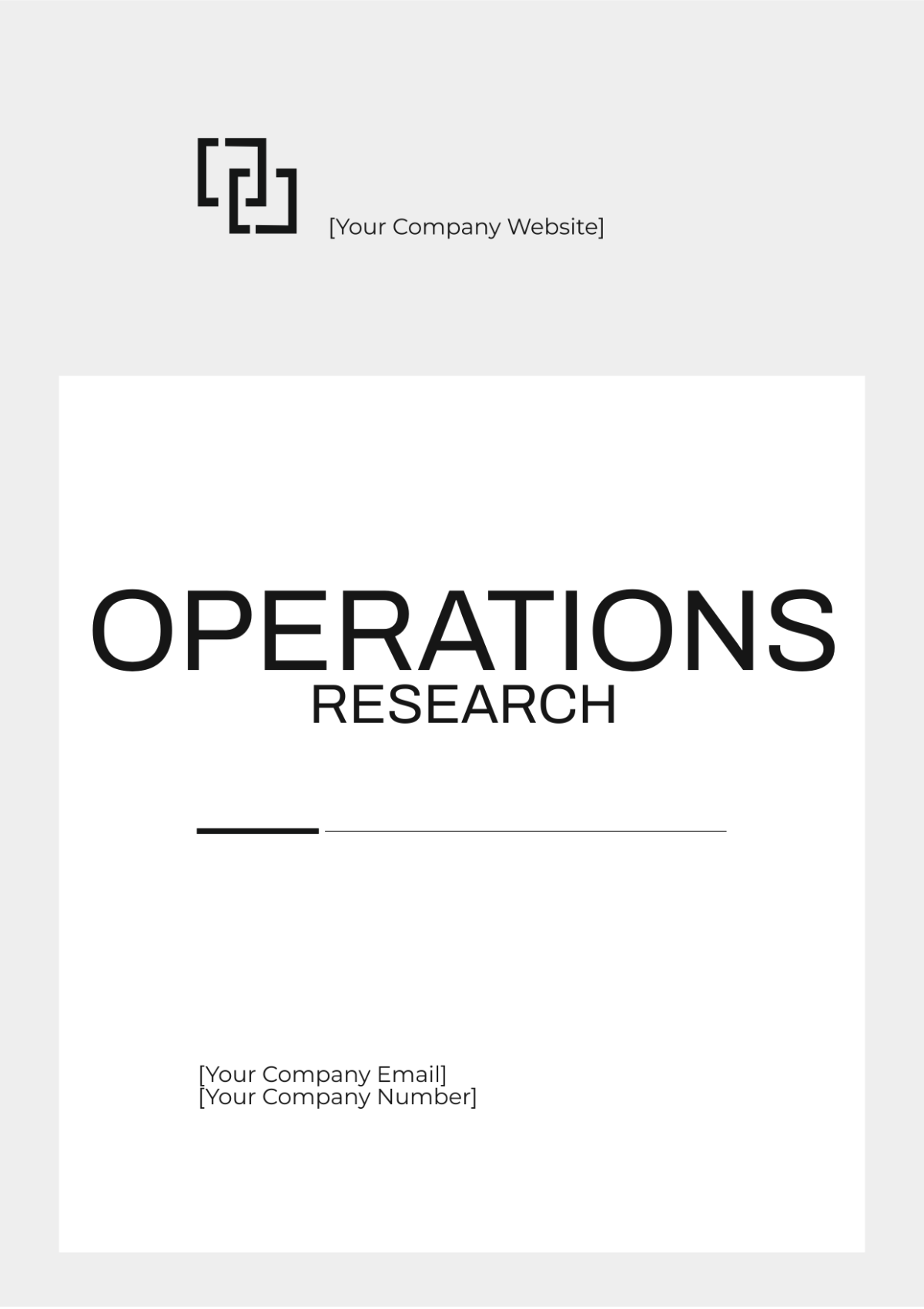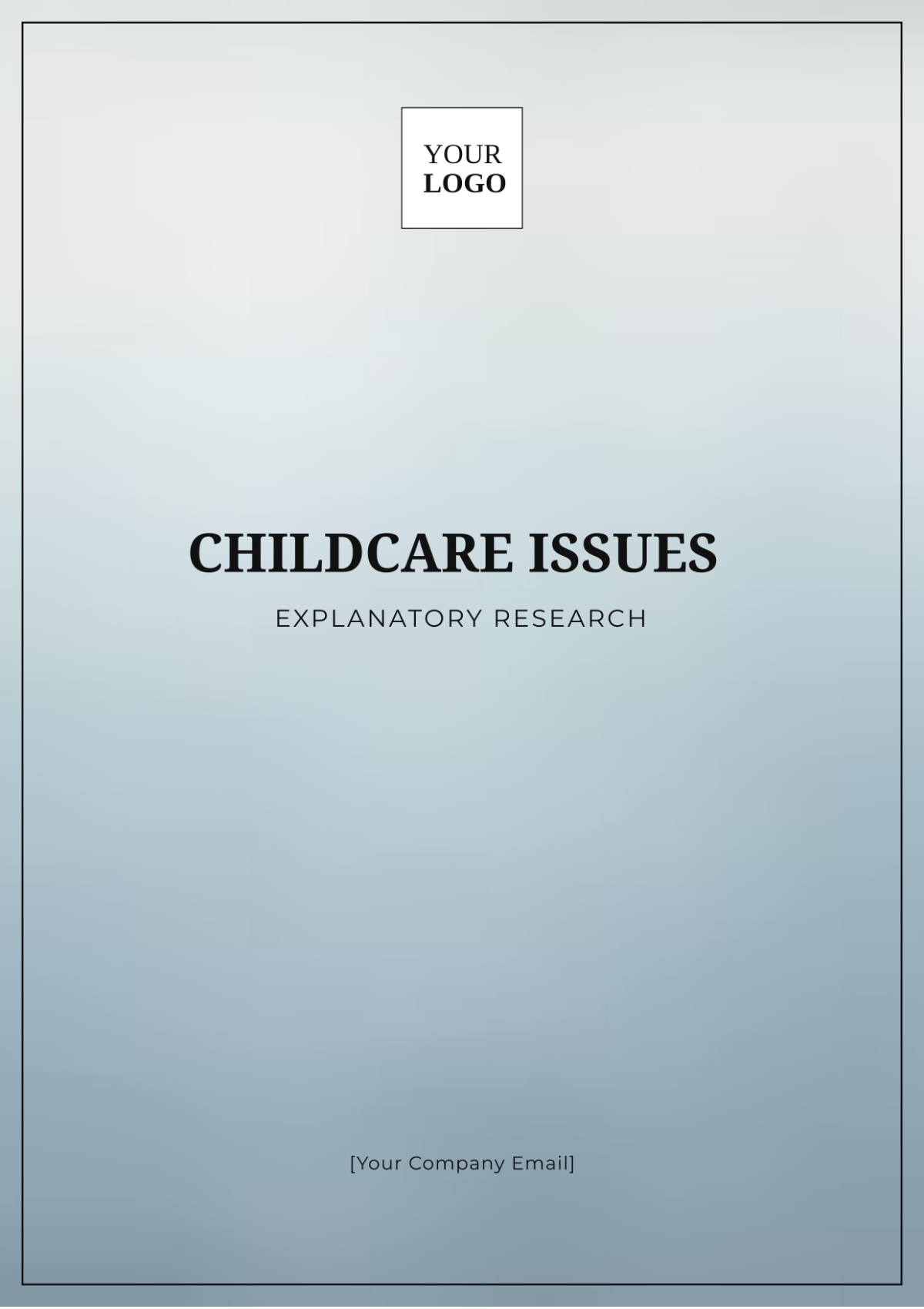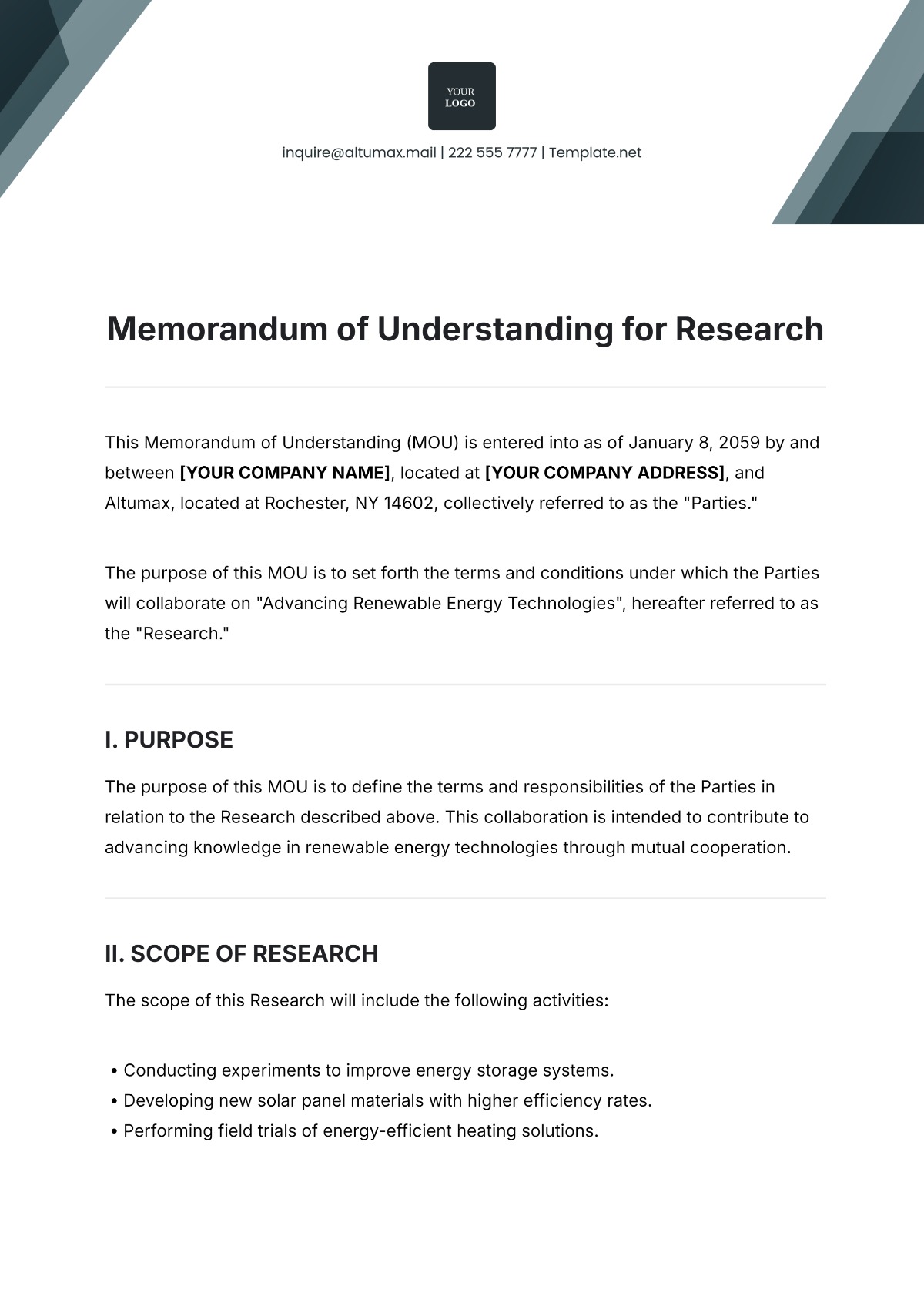Project Documentation Qualitative Research
1. Introduction
This qualitative research project, conducted by [Your Company Name], investigates the impact of AI-driven tools on employee engagement in mid-sized companies. As workplaces increasingly integrate these technologies, understanding their effects on daily work routines and job satisfaction is essential. The study explores employee experiences, focusing on how AI influences their roles, responsibilities, and overall engagement at work.
2. Research Objectives
The primary objectives of this research are:
To explore how AI-driven tools affect employee engagement and job satisfaction.
To identify the challenges and benefits associated with the use of AI in mid-sized companies.
To provide actionable insights for companies looking to optimize their use of AI to enhance employee well-being.
3. Methodology
This study employs a qualitative research design, utilizing semi-structured interviews to gather in-depth insights from employees across various departments. The research involves 20 participants, selected through purposive sampling to ensure diversity in roles and experiences. Data was collected over three months, with interviews conducted via virtual meeting platforms to accommodate participants' schedules.
4. Data Collection
Data collection was carried out from January to March 2050. Semi-structured interviews were chosen as the primary method, allowing participants to share their experiences and perspectives freely. The interviews were recorded, transcribed, and analyzed using thematic analysis to identify key themes and patterns.
5. Data Analysis
The data was analyzed using thematic analysis, focusing on recurring themes related to AI's impact on employee engagement. Key themes identified include "automation anxiety," "efficiency versus engagement," and "role transformation." These themes were used to develop a deeper understanding of how AI influences both the practical and emotional aspects of work.
6. Findings
The analysis revealed several key findings:
Automation Anxiety: Employees expressed concerns about AI potentially reducing their job security and engagement.
Efficiency Gains with Emotional Costs: While AI improved task efficiency, it also led to feelings of isolation and decreased job satisfaction due to reduced human interaction.
Role Transformation: AI allowed employees to focus on more strategic tasks, but this shift required significant adaptation and new skills.
7. Discussion
The findings suggest that while AI can enhance productivity, it also presents challenges that must be addressed to maintain employee engagement. Companies should balance the benefits of AI with strategies to support employees' emotional well-being and professional development. This might involve training programs, clear communication about AI's role, and opportunities for human interaction.
8. Conclusion
In conclusion, this research highlights the complex effects of AI-driven tools on employee engagement in mid-sized companies. While the technology offers clear advantages, it also requires careful management to ensure that employees remain motivated and satisfied in their roles. The insights from this study can help companies implement AI in a way that supports both operational efficiency and employee well-being.







